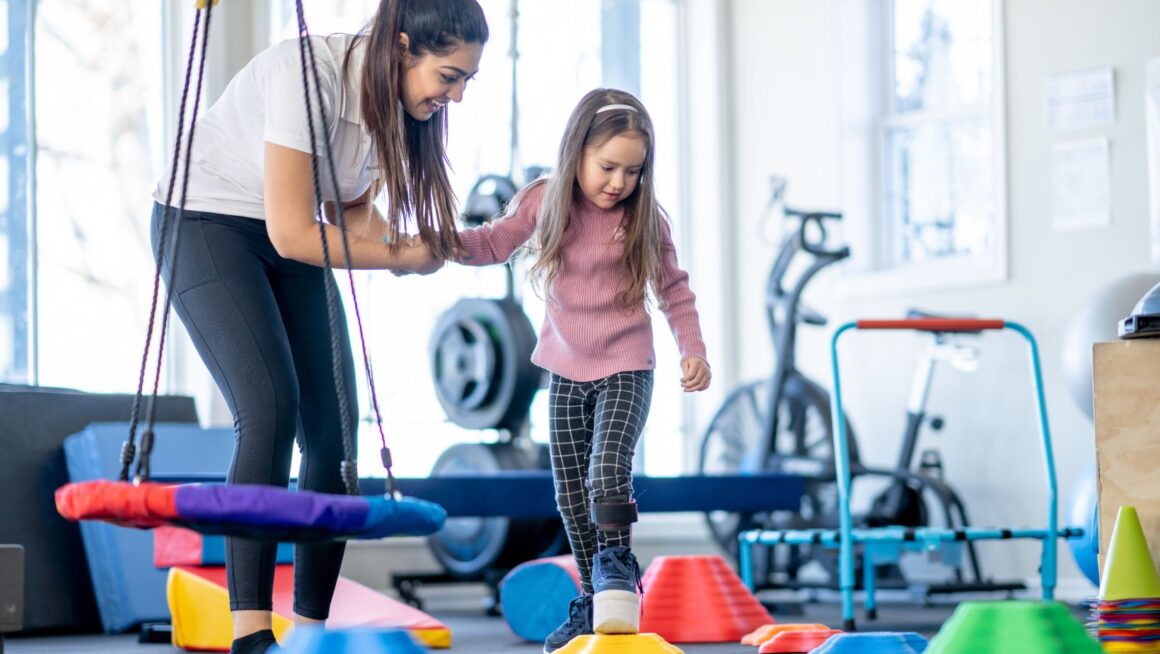Engaging children with autism in play-based activities at home is a transformative approach that can enhance their development and quality of life. Play-based occupational therapy activities for autism focus on improving fine and gross motor skills, sensory processing, and social interactions. Parents can seamlessly integrate these activities into daily routines to create a supportive and fun learning environment for their children.
One effective strategy is implementing activities that target specific skill sets, such as coordination, balance, and muscle strength. Examples include drawing, cutting, climbing, and swinging. These activities, highlighted in various therapeutic resources, are designed to meet the unique needs of children on the autism spectrum. For instance, engaging in occupational therapy activities for autism helps boost neurodevelopment through structured play.
To achieve optimal results, it’s crucial to establish a foundation for play-based therapy at home that aligns with each child’s preferences and sensitivities. Activities such as texture play, which involves materials like rice, beans, or shaving cream, can be very stimulating or aversive, depending on the child. Understanding these preferences allows caregivers to tailor activities that not only support development but also ensure a positive and enjoyable experience. Please keep in mind that this is an informative article and not a substitute for medical advice, so if you need more help, contact a medical professional.
Key Takeaways
- Activities should target specific skills such as coordination and strength.
- Tailored activities meet unique needs and preferences.
- Establishing a supportive routine is essential.
Establishing the Foundation for Play-Based Therapy at Home
Creating an effective space for play-based therapy at home involves several key elements.
Dedicated Play Area: Find a quiet, safe, and clutter-free space where children can engage in various activities comfortably. This area should be inviting and free of distractions.
Gathering Materials: Assemble toys and tools that promote motor skills and sensory input. Items such as balls, puzzles, and clay can be quite beneficial.

Routine and Consistency: Establish a daily routine. Children thrive in predictable environments. Consistency helps in developing body awareness and self-regulation.
Parental Involvement: Parents are crucial in the therapeutic process.
Creating Sensory Experiences: Use household items to create sensory-rich activities. For instance, playing with rice bins or water play can enhance sensory input.
Promoting Self-Care Skills: Include self-care tasks in playtime. Brushing toys’ teeth or dressing dolls helps children engage in self-care activities.
Flexibility in Play: Allow for child-led play while gently introducing structured tasks. This balance helps foster independence while addressing specific therapeutic goals.
Encouraging Movement: Incorporate activities that require gross motor skills, such as dancing, jumping, or using a mini-trampoline, which are crucial for physical development.
Providing a variety of playful, structured activities at home sets a solid foundation for effective play-based therapy. Quality engagement fosters children’s development in various critical areas.
Implementing Play Activities for Skill Development
Play-based occupational therapy offers practical ways to develop essential skills for children with autism. Incorporating these activities at home can be highly beneficial for growth in various areas.

Skill Focused Activities:
- Fine Motor Skills:
- Puzzles: Encouraging puzzles can strengthen fine motor skills as children grasp, flip, and fit pieces.
- Crafts: Activities like cutting shapes, coloring, and threading beads are excellent.
- Social Skills Development:
- Group Games: Simple turn-taking games can foster patience and cooperation.
- Interactive Play: Games that require sharing and communication build social interactions.
Communication and Language Skills:
- Storytelling: Engaging in pretend play with puppets or dolls promotes language use and imaginative skills.
- Dialogue-Based Games: Playing games that involve asking and answering questions supports verbal communication.
Behavior and Emotions:
- Role-Playing: Pretend play scenarios help children understand different emotions and appropriate behavioral responses.
- Emotion Cards: Using cards with faces expressing different feelings can aid recognition and discussion of emotions.
Stress Relief and Confidence:
- Physical Activities: Exercises like jumping, climbing, and balancing not only develop physical skills but also reduce stress.
- Praise and Encouragement: Positive reinforcement during play builds confidence and self-esteem.
Daily Routines:
- Structured Play Times: Consistent play schedules with clear goals can provide a sense of security and routine.
- Variety of Activities: Mixing different types of play ensures comprehensive skill development.
Implementing these structured, playful interactions can make skill development engaging and effective for children with autism.
Conclusion
Introducing play-based activities into occupational therapy for children with autism can enhance their social skills, communication, and playfulness. These activities provide a structured and fun way for children to improve important life skills.
By incorporating these strategies at home, caregivers can support more positive therapeutic outcomes. Structured play sessions make therapy engaging and beneficial.



